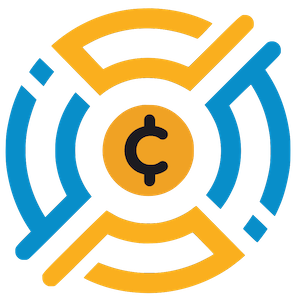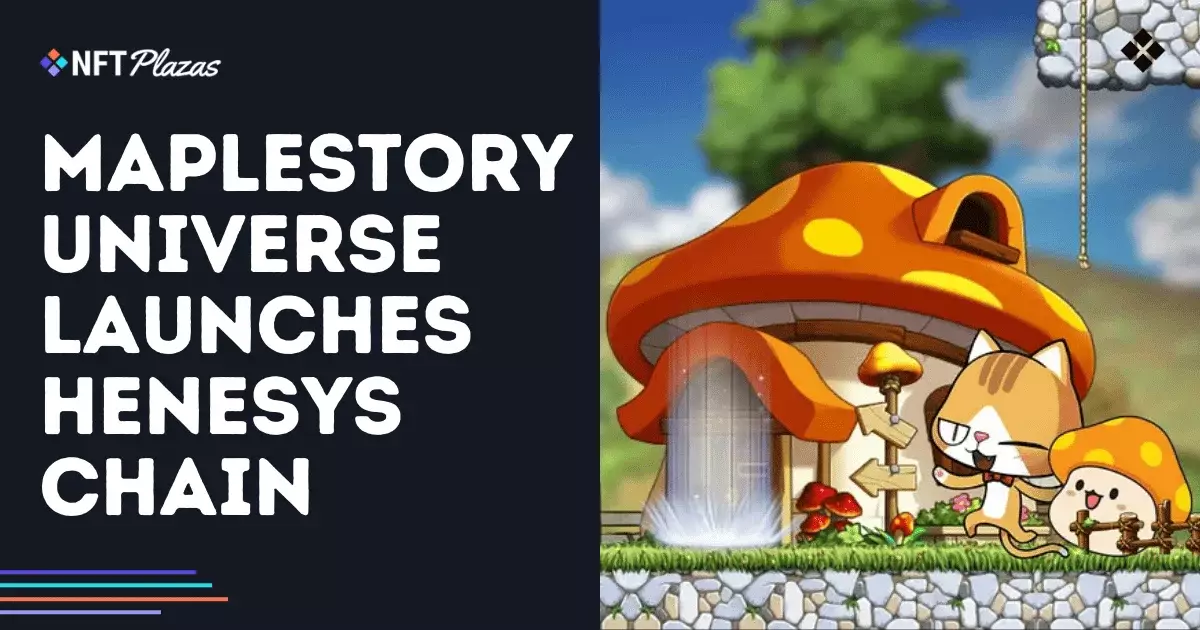The gaming industry is currently buzzing with excitement as MapleStory Universe has introduced its innovative blockchain network, the Henesys Chain. Built on the robust Avalanche platform and powered by AvaCloud, this new Layer 1 blockchain isn’t merely a technical experiment; it represents a transformative shift towards integrating web3 technology into gaming. While many in the tech and gamer communities have eyed blockchain with skepticism, the Henesys Chain emerges as a breather from complexity, embracing simplicity through features such as gasless transactions and a streamlined NFT permission system. The ambition behind this venture is clear: to cultivate a gaming ecosystem that thrives on community involvement and player-driven experiences.
Ease of Use: The Gasless Transactions Revolution
One of the most significant roadblocks for new blockchain adopters has been the complex and often costly nature of digital transactions. This is where MapleStory’s Henesys Chain makes a striking move by introducing gasless transactions. This feature is designed to take away the traditional friction associated with blockchain gaming. No longer will players need to delve into the intricacies of wallet management or bear the burden of fluctuating gas fees. Instead, the integration of meta-transaction technology through Bloxy will allow a more seamless gaming experience. While critics may downplay the importance of these features, it can’t be overstated how crucial these user-friendly measures are for attracting casual gamers, who often feel alienated by intricate crypto mechanisms.
Guarding Scarcity: A New Era for Digital Assets
The notion of ownership in digital realms has long been contentious. With the launch of the Henesys Chain, MapleStory Universe is actively prioritizing the preservation of item value in the gaming ecosystem. By employing a permissioned minting model, only authorized smart contracts can produce in-game items as NFTs, safeguarding their rarity and significance. The utilization of Chainlink’s Verifiable Random Function (VRF) to ensure fair randomization of item enhancements further elevates this concern. Opponents may argue that such restrictions could stifle creativity, but I submit that a controlled and transparent approach is precisely what the industry needs to combat rampant speculation that has plagued NFT markets.
Developer Empowerment: The Rise of Synergy Apps
In a move mirroring the trends we’ve seen in decentralized finance, the Henesys Chain is poised to empower developers through upcoming Software Development Kits (SDKs). This initiative is not just an afterthought; it represents a strategic alliance with third-party developers to create “Synergy Apps”—tools that could extend the MapleStory IP into various decentralized experiences. Companion games, social tools, or marketplaces are just a few examples of what could flourish within this ecosystem. Detractors may argue that these attempts to rally external developers could lead to uneven quality, but I firmly believe the potential for innovation far outweighs the risks. A thriving app ecosystem can bring unheard-of dimensions to beloved franchises, and MapleStory stands to benefit massively.
Participating in a Real Economy: The $NXPC Token’s Role
At the heart of Henesys Chain’s ecosystem is the $NXPC token, positioned as a currency tied directly to gameplay mechanics, item creation, and trading. This model is a refreshing departure from the generic reward systems found in many traditional games, which often lack genuine economic engagement. With real economic activities now firmly entrenched within the gaming experience, players are afforded a chance to actively contribute to and benefit from their involvement in the ecosystem. Critics of this approach may question the sustainability of tokenomics tied to leisure activities, but this better reflects the modern-day user’s desire for tangible returns in their pursuits.
Future Plans: Building a Gaming Ecosystem, Not Just a Game
MapleStory Universe isn’t stopping here; they have laid out an ambitious roadmap that promises to continually expand functionality and improve transparency. Upcoming features include blockchain explorers that will allow players to scrutinize item ownership and transaction histories. The integration of NFT-based name reservations further incentivizes active community participation, while enhancements to the $NXPC reward system show an understanding of what modern gamers want. Critics may feel overwhelmed by the rapid changes, but real growth often comes at the expense of comfort. By prioritizing sustainability and community trust, MapleStory aims not just to add another game to the market but to foster an enduring, vibrant platform rooted in player engagement.

